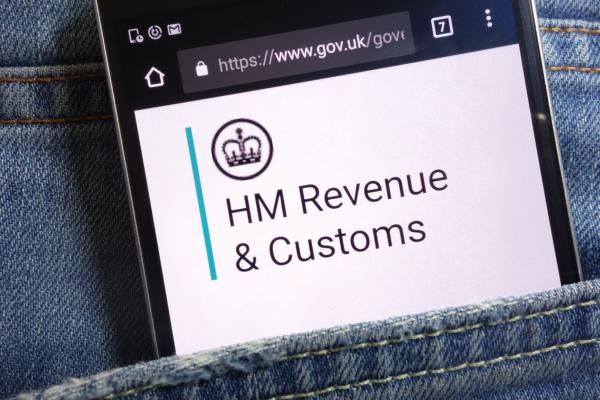
Top Slicing Changes
For anyone following the Silver case on top slicing (and a very brief explanation follows below if you have not) you will be aware that the Chancellor’s March 2020 Budget brought some helpful changes.
A new measure was announced which effectively confirmed that HMRC will accept calculations of top-slicing relief in line with the Silver case from that date. This allows individuals to retain the benefit of their personal allowance when calculating the amount of available top-slicing relief, rather than accept it as abated if the chargeable event gain took their total income over £100,000 as HMRC had asserted was the correct approach.
The new policy was announced as taking effect from the date of the Budget (11 March 2020). This led immediately to questions about how people with chargeable event gains prior to that date should calculate their tax –if they had followed the position accepted by the First Tier Tribunal in Silver, even if not legally binding, would they still risk having to challenge HMRC at Tribunal themselves? Equally, if they have opted to pay more tax using HMRC’s method awaiting approval of Silver in a higher court, can they now amend their return?
On 20 July, HMRC confirmed to us that the mode of calculation as set out in the March Budget - and which is now included in the Finance Bill 2020 - will now be applied, according to HMRC ‘by concession’, to any gains in both 2018/19 and 2019/20 tax years. This is an extension of the position in Agent Update 78, which indicated that HMRC would only be applying the new Finance Bill provisions to 2019/20 gains.
HMRC have said that they are accepting a method of calculation for 2018/19 in line with Silver on the grounds that the case decision came out in April 2019, early in the period in which 2018/19 returns were being prepared. It is therefore reasonable to say this was the prevailing practice at that time.
HMRC have already started an automatic process to identify any taxpayers who filed in 2018/19 and should have benefited from more of their personal allowance in their top-slicing computation. Taxpayers should be contacted directly by HMRC. HMRC tell us that around 2,000 taxpayers will be affected.
HMRC have said that amendments made will only be favourable to taxpayers although we understand that it is possible that this new treatment is not always in the taxpayer’s favour and it is not known if these will also be automatically corrected.
Any taxpayer in the same position in 2019/20 will need to file a paper return, for HMRC to process manually.
From 2020/21, HMRC’s SA calculator should produce the right result and affected returns should not need to be filed manually.
HMRC guidance on factsheets HS320 and HS321 will be updated in due course, along with HMRC manuals. Further details, including a Q&A, will be published in HMRC’s August Agent Update 79.
2016/17 and 2017/18
Where we still have uncertainty is on the position for chargeable event gains which arose in 2016/17 and 2017/18. These returns would still be in time for an overpayment relief claim, but the question is whether if the individual had not followed the method as set out in Silver, but accepted HMRC’s approach at that time, they can now go back and amend the return.
HMRC have reported to us that where the return is under enquiry because the taxpayer has interpreted the legislation to give a Silver-style calculation rather than accept the HMRC method, they will be taking steps to close these enquiries down. We have asked whether a taxpayer in the opposite position – who followed HMRC’s method in those years but see that they could have benefited from the Silver approach - can now claim a refund. We are hopeful of further guidance in the next Agent Update.
The Silver case
In brief, the essence of the Silver case was how to calculate the amount of top slicing relief where the chargeable event gain took the taxpayer’s income above £100,000, such that their personal allowance when considering their total income was abated.
The taxpayer’s argument (accepted by the Tribunal) was that when calculating the tax on the ‘top-slice’ of the gain (being the total event gain divided by the complete number of years held) as part of the process of calculating the relief, the taxpayer should be entitled to calculate their personal allowance based on their total income with only the slice considered. HMRC’s position was that the abated personal allowance calculated when taking account of the full gain should be used at this stage. HMRC’s approach would result in less relief and more tax. The Tribunal disagreed, with a favourable outcome for the taxpayer.















